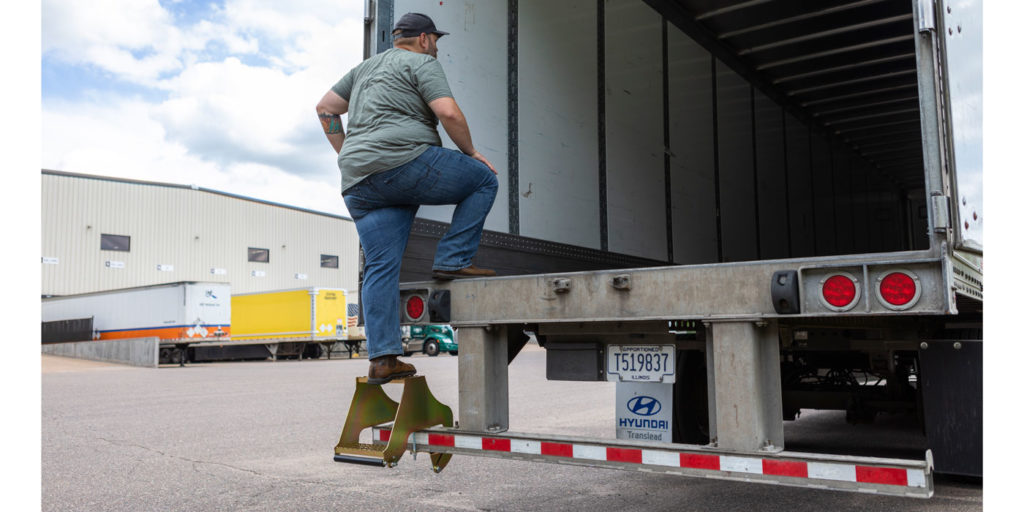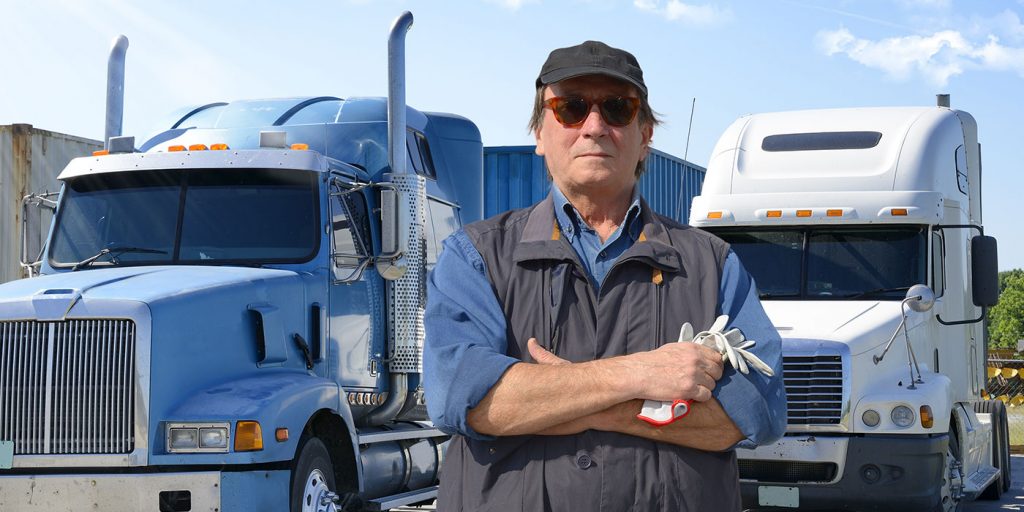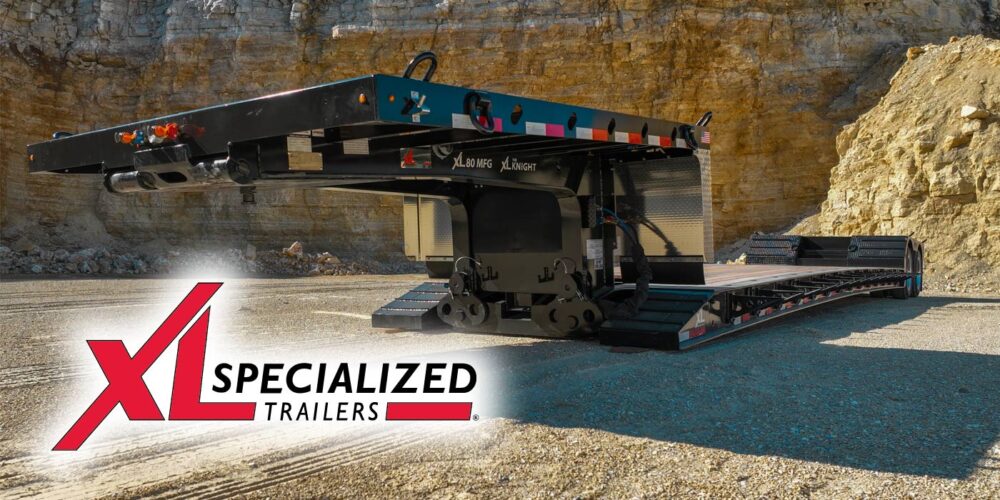As of early December 2020, GDP data indicates that the Goods Transport sector has recovered fully since the initial pandemic-induced slowdown in the spring. In Q3 it grew substantially, impacted by growing consumer spending for goods rather than services during pandemic-related shutdowns and stay-at-home preferences.
Consumer spending growth and increasing e-commerce purchases to avoid in-person shopping puts added pressure on fleets to maintain their driver pool to meet the demands of their customers and the wider economy to move the desired goods to their proper destination on time.
Historically, the ability of carriers to hire and retain enough quality men and women who actually want to be truck drivers has been an ongoing challenge, so 2020 was not all that unusual in that regard. There are numerous reports giving forecasted numbers for the shortage of truck drivers in good times and bad. In 2021, the driver shortage continues to be a top concern for most fleets.
There is a significant cost to hiring and training drivers so where possible a fleet would like to keep the ones they have.
Fleets put a significant amount of effort and money into this endeavor. They create driver-centric programs, spec and buy the newer vehicles that drivers want, raise pay, increase vehicle and communication technology and more—all in order to hold on to their drivers so they can maintain their competitive advantage and satisfy their customer demands. There are also strict alcohol and drug testing requirements for obtaining (and keeping) a Commercial Driver’s License which can also shrink the pool of available manpower.
Safety and specific job requirements also play a role in whether this scarce resource chooses to work for a particular fleet.
An experienced and drug-free commercial driver is in demand and thus can consider how safe and easy is it to work at Fleet A vs. Fleet B. Once employed, any personal injury accident costs the driver time and money and could result in the fleet needing to seek out a replacement driver.
One area that’s always been a concern in the commercial vehicle industry is the occasional need for a driver to get up into a trailer or truck to check a load and then to return safely to the ground when loading docks are not being utilized. There are safety land mines everywhere and it’s just a chore to do it; and depending on body profile (small or large) and age, it can be pretty damn difficult.

What about making steps available? They certainly make the getting up and down easier and safer, but can also create their own set of problems such as how are they stored when not in use, whether they will be an additional surface to corrode, whether they will require maintenance and repair or add weight and significant cost to the trailer. Additionally, if the steps are attached to the vehicle for easy access, time and effort is involved in installing them.
Industry suppliers and even organizations like the Technology and Maintenance Council (TMC) of the American Trucking Associations recognize the issue and have investigated and offered some solutions for fleets to consider.
One such solution comes from Retrac, which has developed the High-Rise folding rear step to make the process of getting into a vehicle from the ground up safer and easier. Some of the unique design elements include an auto-roller mechanism with corrosion-resistant zinc bearings that prevents damage when backing up, and the counter balance design that keeps it the stowed position during travel. It easily fits on 4-in. bumper beams with no special installation requirements.
Easier access to rear cargo areas of semi-trailers, box trucks and flat decks increases speed and efficiency on the job, and makes the driver’s job easier and safer.
This article was contributed by Jason Gould, national sales manager at Retrac.














